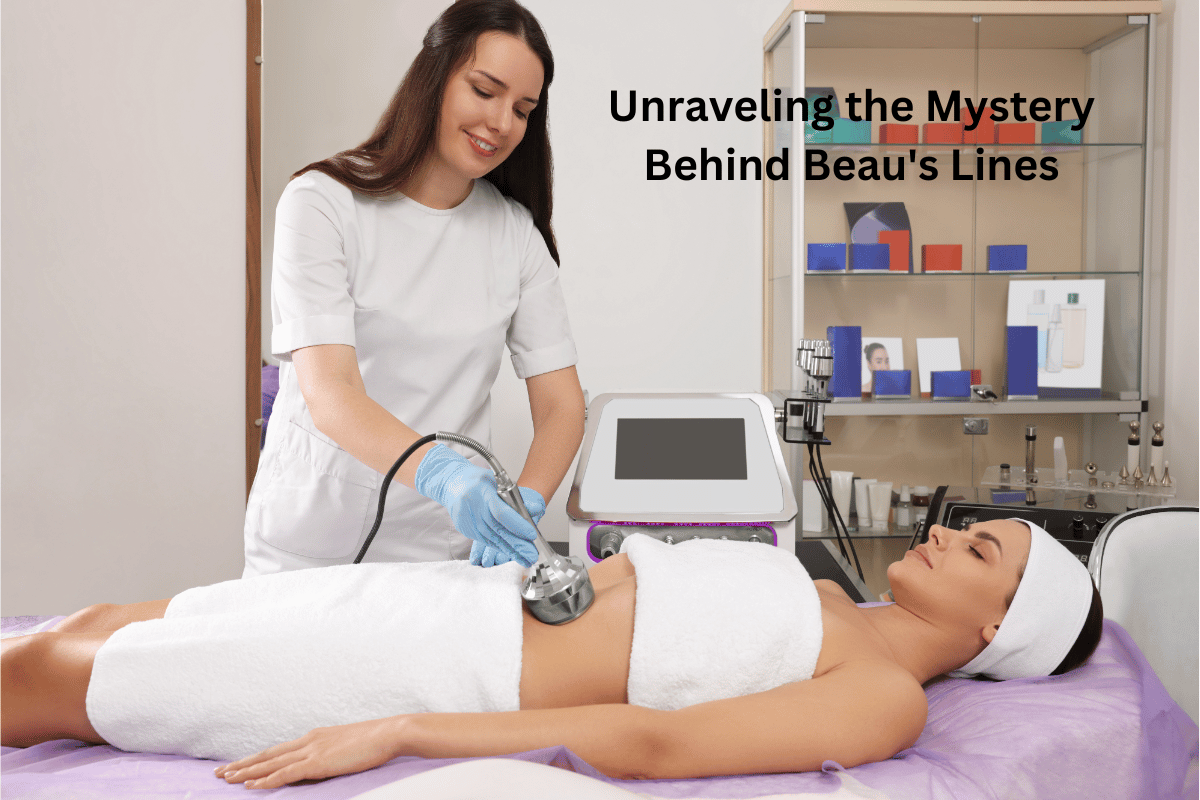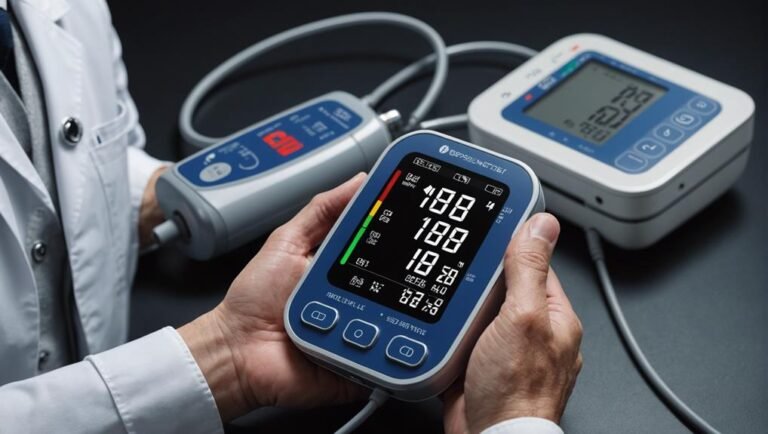Unraveling the Mystery Behind Beau’s Lines
Explore the intriguing world of Beau’s Lines, a condition manifesting as transverse depressions on nails, signaling disruptions in nail growth. Stemming from various systemic and localized factors like severe illness, trauma, or malnutrition, these lines offer clues about the timing and severity of underlying issues. Identification involves noting the depth, width, and location of these grooves on multiple nails concurrently. Treatment focuses on addressing root causes while promoting good nail health. Prevention emphasizes maintaining balanced nutrition, hydration, and overall nail care. Unraveling Beau’s Lines sheds light on the intricate relationship between nail health and overall well-being.
Key Takeaways
- Beau’s Lines are transverse depressions on nails indicating disruptions in nail growth.
- Causes include systemic conditions, malnutrition, trauma, chemotherapy, and medications.
- Identification involves observing horizontal depressions or ridges on the nail plate.
- Treatment focuses on addressing the underlying cause for proper nail health.
- Prevention involves maintaining peak nail health through proper care, diet, and hydration.
Understanding Beau’s Lines
To understand the intricacies of Beau’s Lines is to explore the enigmatic world of nail abnormalities. These lines, also known as Beau’s onychomadesis, present as transverse depressions on the nails. Diagnostic criteria for Beau’s Lines include the observation of horizontal grooves that run parallel to the lunula, typically affecting multiple nails simultaneously.
These abnormalities are indicators of transient disruptions in nail growth due to various systemic conditions or localized factors. By examining the width, depth, and number of lines present on the nails, healthcare professionals can discern valuable information about the timing and severity of the underlying issue.
Understanding the nuances of Beau’s Lines requires a keen eye for detail and a thorough knowledge of the diagnostic features associated with this peculiar nail anomaly.
Causes of Beau’s Lines
Exploring the underlying factors that contribute to Beau’s Lines reveals a complex interplay of systemic conditions and localized influences on nail growth abnormalities. Nail abnormalities like Beau’s Lines can stem from a variety of causes related to your overall health and well-being. Factors such as severe illness, malnutrition, trauma, chemotherapy, and certain medications can disrupt the normal nail growth process, leading to the development of these distinctive indentations.
Systemic conditions like diabetes, peripheral vascular disease, and thyroid disorders may also play a role in the appearance of Beau’s Lines. Maintaining excellent fingernail health through a balanced diet, proper hydration, and regular monitoring of any changes in nail appearance is vital for preventing and managing nail abnormalities like Beau’s Lines.
Identifying Beau’s Lines
Upon visual inspection, Beau’s Lines can be identified as horizontal depressions or ridges that traverse the nail plate, indicating a disruption in the normal nail growth process. To recognize these nail abnormalities, consider the following diagnostic clues:
- Location: Beau’s Lines typically appear on multiple nails simultaneously, suggesting a systemic cause rather than a localized issue.
- Depth and Width: The depth and width of Beau’s Lines can vary, potentially indicating the duration and severity of the underlying condition.
- Associated Symptoms: Pay attention to any accompanying symptoms such as fever, trauma, or illness, as they can provide valuable insights into the possible triggers of these nail abnormalities.
Treatment for Beau’s Lines
When considering treatment options for Beau’s Lines, focus on addressing the underlying cause to promote proper nail growth and health. Maintaining good nail health is vital in managing Beau’s Lines. Proper fingernail care includes keeping the nails clean, dry, and trimmed to prevent further damage.
If the Beau’s Lines are a result of a systemic condition, addressing that condition is essential for resolving the nail abnormalities. Consult a healthcare professional to determine the best course of action based on the specific underlying cause. In some cases, dietary changes or nutritional supplements may be recommended to support overall nail health.
Regular monitoring and care can help prevent the recurrence of Beau’s Lines and support healthy nail growth.
Preventing Beau’s Lines
To prevent Beau’s Lines from recurring, focus on maintaining peak nail health through proper care and addressing any underlying systemic conditions that may be contributing to the nail abnormalities.
Here are three key preventive measures to help you keep your nails healthy and reduce the risk of developing Beau’s Lines:
- Keep your nails clean and dry: Proper hygiene can help prevent nail infections that may lead to Beau’s Lines.
- Maintain a balanced diet: Adequate nutrition supports overall nail health and helps prevent deficiencies that could cause nail abnormalities.
- Stay hydrated: Drinking enough water is essential for nail hydration and health, reducing the likelihood of Beau’s Lines formation.
Conclusion
To sum up, Beau’s lines may seem like mere nail imperfections, but they can reveal valuable insights into your overall health.
By understanding the causes, identifying the signs, seeking appropriate treatment, and taking preventive measures, you can proactively manage your well-being.
Let your nails serve as a mirror reflecting the state of your health, guiding you towards a path of awareness and empowerment.
Stay vigilant, stay informed, and stay in control of your health journey.







